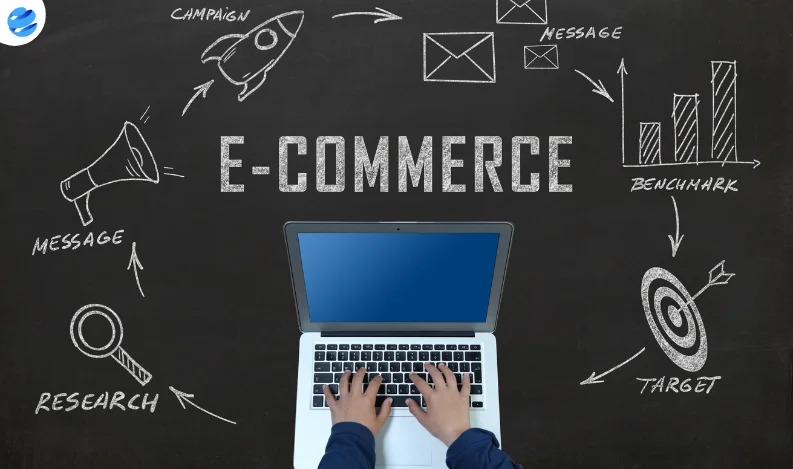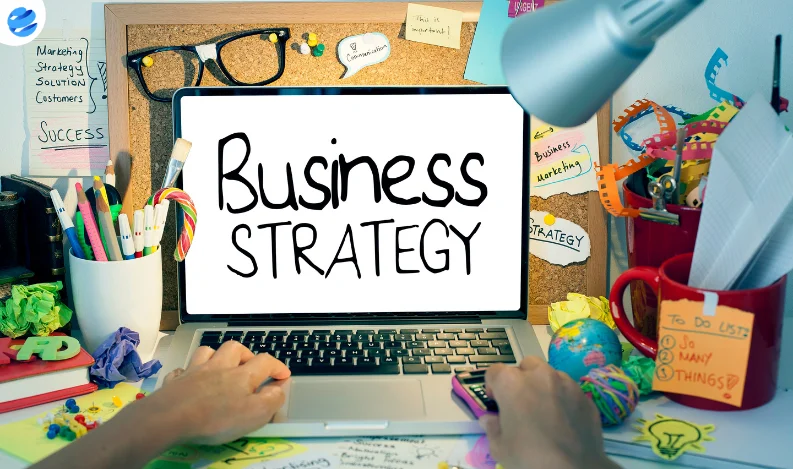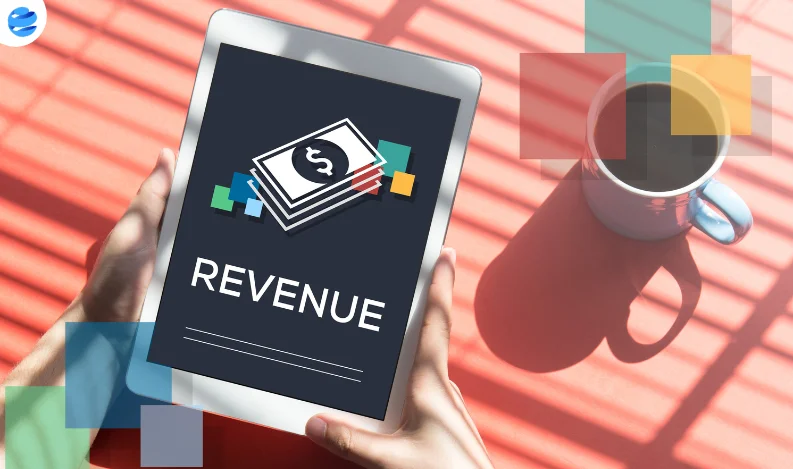Starting or growing a business requires significant financial resources, and for most entrepreneurs, securing a business loan is a fundamental step. Whether you're launching a new venture or expanding an established enterprise, understanding the different types of business loans available and knowing how to meet eligibility criteria can greatly enhance your chances of success. This guide breaks down popular business loan types, what’s required to qualify, and key factors lenders evaluate, empowering you to confidently navigate your financing options and choose the loan that best fits your business needs.
1. Traditional Bank Loans: Reliable Financing for Established Businesses
Traditional bank loans are a common choice for businesses with a stable financial track record. They offer relatively low-interest rates and high loan limits, ideal for long-term investments or growth.
How to Qualify:
- Credit Score: Banks generally prefer applicants with a good-to-excellent credit score (usually 680 or above).
- Operational History: A proven track record of at least 2-3 years in business helps demonstrate stability.
- Collateral: Many banks require collateral, such as business or personal assets, to secure the loan.
- Comprehensive Business Plan: A well-prepared plan with detailed financial projections shows lenders your repayment potential.
Pros:
- Competitive interest rates
- Longer repayment terms (up to 10 years)
- Higher loan amounts (sometimes in the millions)
Cons:
-
Rigorous approval criteria
- Lengthy application and processing times
- Collateral requirements
2. Small Business Administration (SBA) Loans: Government-Supported Financing
SBA loans are government-backed, making them more accessible for businesses that may not meet all the requirements of a traditional bank loan. They offer attractive terms due to reduced lender risk.
How to Qualify:
- Credit Score: A minimum score of 680 is preferred, though some SBA lenders may accept lower scores.
- Small Business Criteria: Your business should meet the SBA’s small business standards, which vary by industry.
- Time in Business: A minimum of 2 years in operation is typical.
- Collateral: While collateral isn’t always required, it’s often advantageous.
Pros:
- Favorable interest rates
- Extended repayment periods (up to 25 years)
- Lower down payments in some cases
Cons:
- Extensive documentation and application process
- Long wait times for approval
- Strict eligibility requirements
3. Business Line of Credit: Flexible Cash Flow Solution
A business line of credit provides access to funds up to a set limit, which you can draw from as needed. It’s particularly useful for managing cash flow fluctuations.
How to Qualify:
- Credit Score: A strong credit score, generally 680 or higher, is advantageous.
- Business Stability: A minimum of 6 months to 1 year in business is usually required.
- Revenue: Some lenders may require monthly revenue of at least $25,000.
Pros:
- Flexible borrowing and repayment
- Only pay interest on the amount borrowed
- Ideal for managing seasonal cash flow needs
Cons:
- Potentially higher interest rates than traditional loans
- Often requires personal guarantees or collateral
- Annual fees may apply
4. Equipment Financing: Financing for Essential Purchases
Equipment financing is ideal for purchasing machinery, vehicles, or other necessary business tools. The equipment itself serves as collateral, reducing lender risk.
How to Qualify:
- Business Age: Most lenders require at least 1–2 years of business history.
- Collateral: The equipment being purchased serves as collateral.
- Credit Score: A score of 600 or higher is usually required, although strong equipment value can offset lower scores.
Pros:
- Equipment itself secures the loan
- Easier qualification standards than other loan types
- Fixed interest and payment terms
Cons:
- Use of funds is restricted to equipment purchases
- Higher interest rates for businesses with lower credit scores
- Defaulting could lead to loss of essential equipment
5. Invoice Financing: Tap into Outstanding Invoices for Quick Cash
Invoice financing, or factoring, allows businesses to borrow against unpaid invoices. It’s an effective way to manage cash flow while awaiting customer payments.
How to Qualify:
- Invoice Quality: Invoices from reliable, creditworthy customers are essential.
- Revenue: Minimum monthly revenue, usually $25,000, is often required.
- Operational History: Lenders may expect 6–12 months of consistent business.
Pros:
- Access funds without waiting for customer payments
- Collateral-free financing, aside from invoices
- Useful for overcoming short-term cash flow gaps
Cons:
- High fees and interest rates
- Percentage of invoice amount goes to factoring company
- Delays in customer payments can increase costs
6. Merchant Cash Advance (MCA): Sales-Based Repayment Option
An MCA provides a lump sum that’s repaid through a percentage of future sales, making it a convenient option for businesses with daily sales, especially in retail.
How to Qualify:
- Sales Volume: Minimum monthly credit card sales of around $5,000 is typically required.
- Operational Stability: Usually requires at least 6 months of business history.
- Credit Score: Decent credit is preferred, though lower scores may be accepted.
Pros:
- Quick funding, often within 24–48 hours
- No collateral required
- Repayment aligns with sales volume
Cons:
- High fees and interest rates
- Daily or weekly payments can strain cash flow
- Not ideal for businesses with fluctuating or low sales
7. Microloans: Small, Targeted Funding for Startups
Microloans are small-scale loans offered by nonprofits and government programs, intended for new or small businesses needing modest capital.
How to Qualify:
- Credit Score: Typically, a score of 600 or higher is preferred.
- Business Plan: A clear, compelling business plan is essential.
- Time in Business: Many providers prefer businesses with at least 6 months of history.
Pros:
- Easier to qualify than traditional loans
- Suitable for startups and smaller funding needs
- Lower interest rates compared to merchant cash advances
Cons:
- Limited loan amounts (usually under $50,000)
- Unsuitable for substantial funding needs
- May require a personal guarantee
8. Peer-to-Peer (P2P) Lending: Borrow Directly from Individual Investors
P2P platforms connect businesses with individual investors, offering potentially more favorable terms than traditional lenders.
How to Qualify:
- Credit Score: A good score of around 650 or higher is typically required.
- Business History: At least 1 year in business is preferred.
- Revenue: Some platforms require annual revenue of $100,000 or more.
Pros:
- Competitive interest rates
- Flexible terms and repayment options
- Easy online application
Cons:
- Higher rates for businesses with poor credit
- Limited loan amounts for large capital needs
- Not ideal for substantial financing requirements
Conclusion: Finding the Right Fit for Your Business Financing Needs
Choosing the best loan for your business hinges on understanding your financial requirements, credit profile, and repayment capabilities. From traditional bank loans for established companies to flexible options like lines of credit and microloans for startups, there’s a financing solution for every stage of business growth.
Before you apply, assess your eligibility, financial health, and loan purpose. A thoughtful application approach, combined with knowledge of lender expectations, can increase your chances of securing the right funding for your business’s success.
You may also like:-














